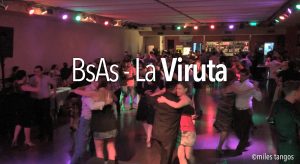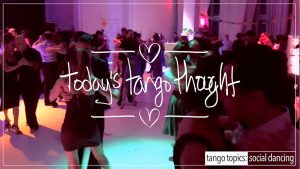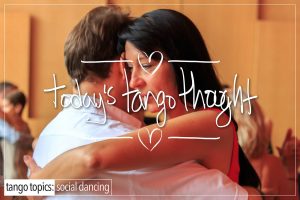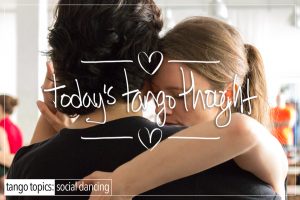From time to time, while you won’t necessarily be aware of it, you’re going to see the hands of the Lead (Left and Right) stretched out and specifically the left hand of the Follower stretched out. In the case of the Lead left it is done mostly because they’re wholly unconscious about their hands, and they’re not clued into the visual message that it sends. In the case of the Lead Right, this may be unconscious and it may be a conscious act, but most certainly it is habit. In the case of the Follower there is a very specific reason why they’re stretching out their hands and fingers. It has everything to do with 1 of 2 reasons, and only 1 of those 2. 1.) It’s because they’ve seen this done and they’re emulating what they see. 2.) They were taught to do this.
Let’s talk about the 3 independent of each other.
Lead Left. As was said before, this is unconscious behavior. The Lead isn’t aware that they’re doing it at all. Why is this an issue at all ? It has everything to do with the visual lines that the Lead is generating. Their Left hand hold is akin to the ‘prow’ of a ship. And we desire that prow to be as visually clean as possible. When the Lead stretches out their fingers, it breaks the visual longitudinal lines as well as makes it appear as though the Lead is trying to overpower their follower, not to mention in some circles, it appears ‘creepy’. Ideally we want to close our fingers of the left hand to create a small visual prow, and to become less visually prominent with the hands, and more visually prominent with the lines that we are creating, not to mention the execution of our musical interpretation!
Lead Right. Again, this could be unconscious or it could be conscious behavior. In either case, it’s wholly undesirable. Why ? It looks like you’re grabbing the Follower! Usually, the Right hand in this position is being used to ‘paddle’ (See > ‘Paddling The Follower‘), or to push the Follower into executing some piece of Tango vocabulary. This could be construed as La Marca, but isn’t. Again, this is visually, and kinesthetically undesirable!
Follower Left. This one is a bit odd because there are whole swaths of Followers out there that are stretching out their fingers because it’s 1 of 2 things: 1.) the cool thing to do because they saw famous Follower X teacher/dancer do this in a YouTube performance, and they thought that if X does it, then they’d be more like X. Ummmm, in a word…”NO!”. Just because X does it, is not going to magically make you a better Follower. 2.) This is something that they were taught to do. In either case there’s an actual school of thought behind doing this idea. With your fingers stretched out in this position, you’re able to ‘hear’ (ummm ‘feel’) the Lead’s body more clearly. That’s the reasoning right there. It’s not complicated. It’s really simple. However, there is an embedded problem with this line of reasoning because 2 very important components are missing in the equation. 1.) When you’re watching a YouTube video, if you don’t know what telltale signs you’re looking for, it’s really easy to miss this element -> Compression! The Follower’s version of La Marca. 2.) The position of the hand when famous Follower X was using this idea. Specifically -> Where it is used, and When it occurs! It’s in the center of the spinal column and mostly in turns! However, in both cases, you never pay attention to either of those facts. You’re just copying what you’re seeing without understanding the underlying reasons for its usage. This methodology has some benefits over a closed hand on the spinal column, more surface area to be able to listen to more muscles under the skin to help with a pre-cue in the turn. However that’s not what happens and not how it’s used. Sadly.
So closing one’s fingers, to put it simply, (for either role) makes for a less ‘grabby’ visual. While you may gain a bit more kinesthetic information from the contact, very slight, the overall visual when you stretch out your fingers is not desirable.











